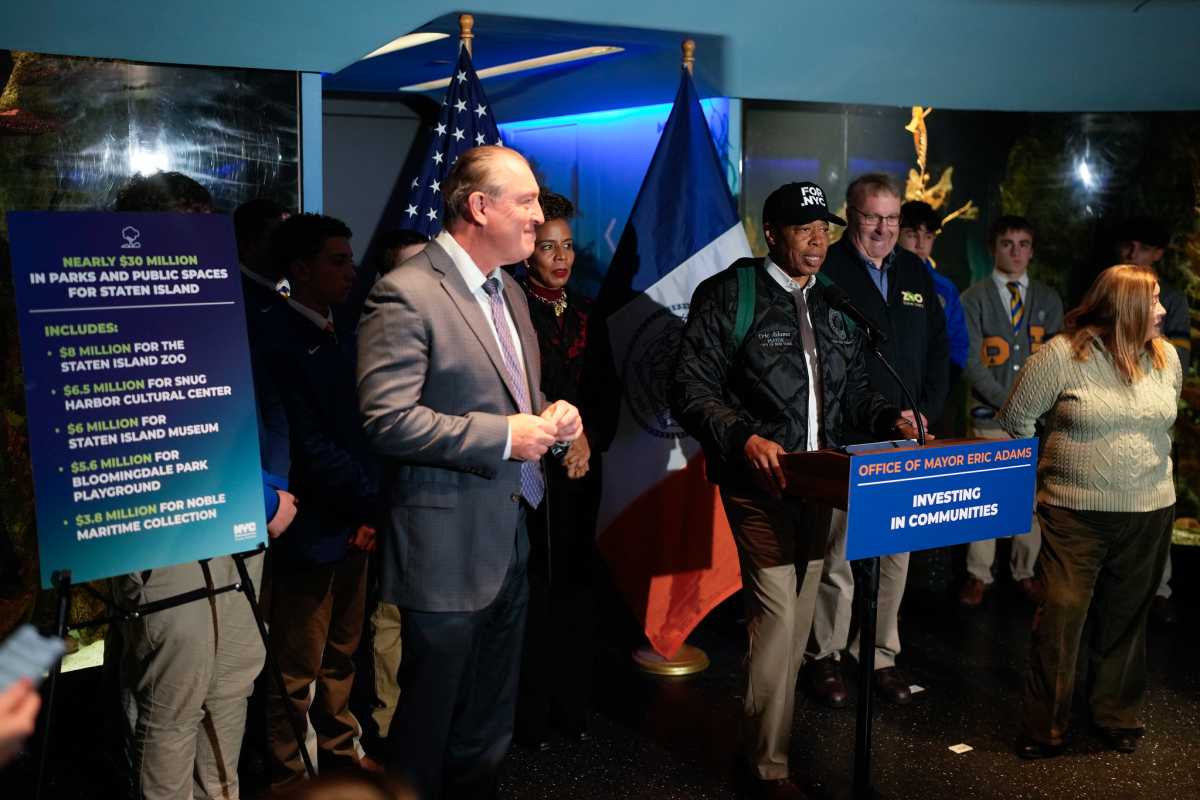OP-ED BY CITY COMPTROLLER SCOTT STRINGER
When Superstorm Sandy hit our city more than two years ago, the damage was more than we could bear: 48 New Yorkers died, thousands of homes were devastated and damages totaled more than $20 billion.
The continuing damage from the storm can be seen today in Breezy Point and the Rockaways, and many other communities in Queens that bore the brunt of Sandy’s winds and waves. Many neighborhoods have not been fully rebuilt and individual homeowners are still desperately seeking assistance.
This past week, my office released an audit of Build it Back, the city’s program designed to help victims repair or rebuild their homes after the storm. We looked long and hard at the data to try to determine why so few people had received the help they desperately needed from this program.
The problem had its roots in the immediate aftermath of the storm, when the city’s Housing Recovery Office (HRO) hired numerous contractors to manage the relief effort. We found that HRO paid $6.8 million to inexperienced consultants who were paid in full despite processing more than 5,000 applications for aid that were incomplete and had to be returned for additional information. The faulty application process increased delays in distributing benefits, wasted money and created mounting frustration for those seeking help.
Our audit also found that HRO authorized more than $245,000 for double billing of work that had already been completed. It paid $1.2 million for consultant hours submitted without hourly or weekly records and more than $74,000 for travel expenses that couldn’t be documented.
If the recovery was a field day for consultants, it was a nightmare for victims. Determined to rebuild their homes, many were routinely shuffled from one staff person at Build it Back to the next, most of whom were not familiar with their cases. A survey of applicants found that nearly half could not provide basic information about the program and many employees were not qualified to do the job they had.
The audit was enhanced by what we’d heard firsthand last year when we hosted six public hearings across the city in communities hardest hit by the storm, including Breezy Point and the Rockaways. Hundreds of victims told us heartbreaking stories about a recovery effort that ignored them, failed to provide basic information and delivered little or no aid. Our audit confirmed much of what they had to say.
The good news is that Mayor de Blasio’s administration has improved the program and progress has been made. By March of this year, some 29 percent of the people who applied for aid had at least selected the kind of relief for which they’re applying.
But problems remain. One of our most distressing findings is that several contractors who failed to help victims are still on the job, operating without formal contracts, largely unaccountable to city taxpayers. Without these contracts in place, we have little leverage over what their costs will be, and not enough transparency and oversight over how well they’re doing their job.
Our audit’s key recommendation is that the city must take the lead in disaster recovery. Contracting out our most crucial tasks means that profit can be put before people, which is exactly what happened after Sandy. That was unacceptable, and the message this audit sends to city leaders is that it must never happen again.
RECOMMENDED STORIES
- Op-ed: Why I voted against the education budget
- Op-ed: Rebuilding the Queens GOP
- Op-ed: Hardworking New Yorkers deserve paid family leave




































